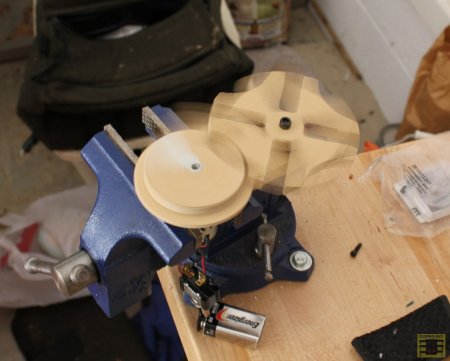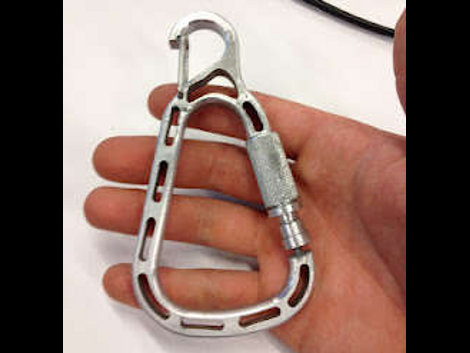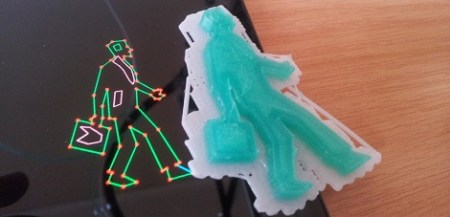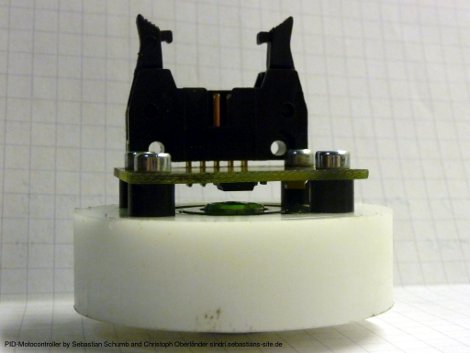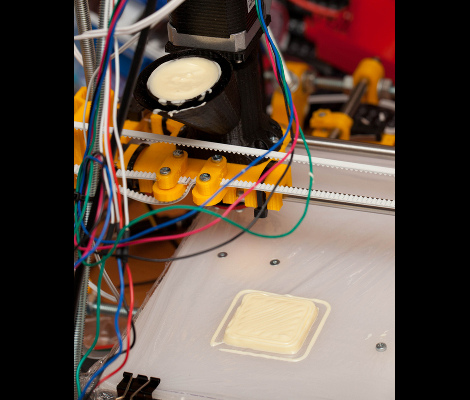Long ago, before servo motors and linear actuators were common, clever mechanical devices were what engineers used to produce the needed motion for their processes. The CNC-cut Geneva Drive may not be fit for industrial use, but this type of device has been used in everything from film projectors to rotating assembly tables. The constant rotation of the driving wheel is translated into intermittent motion by the [Maltese cross] driven wheel.
The drive and Maltese cross section of this particular drive are made out of MDF with the exception of a putty material that the motor shaft press-fits into. The article claims that this is the only Geneva drive in existence made out of MDF, however, we’d love to see that proven wrong in the comments!
If you’d like to make one of these yourself, CAD and G-code files are given for the hand-cranked version that this Drive is based off of in a separate post. If you’re not familiar with how a drive like this works, or would just like to see everything in action, be sure to check out the video of it after the break! Continue reading “A Little Geneva Drive Made Of Wood”

